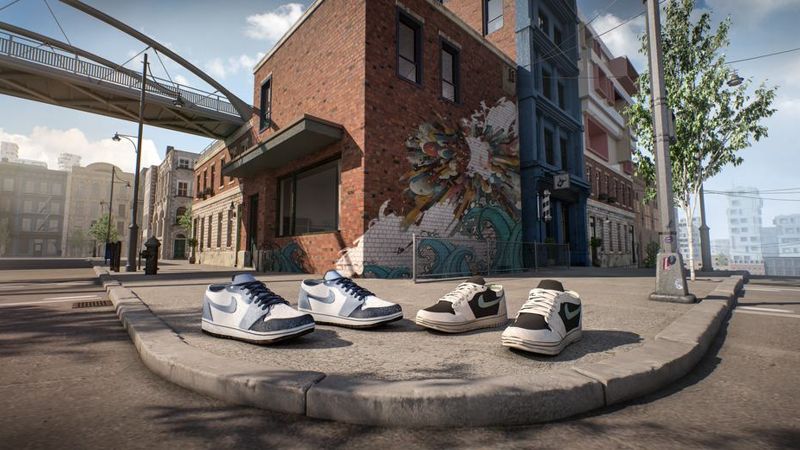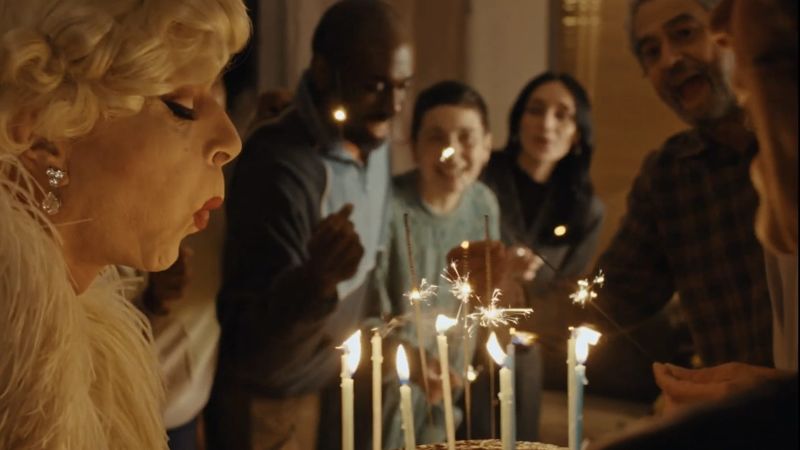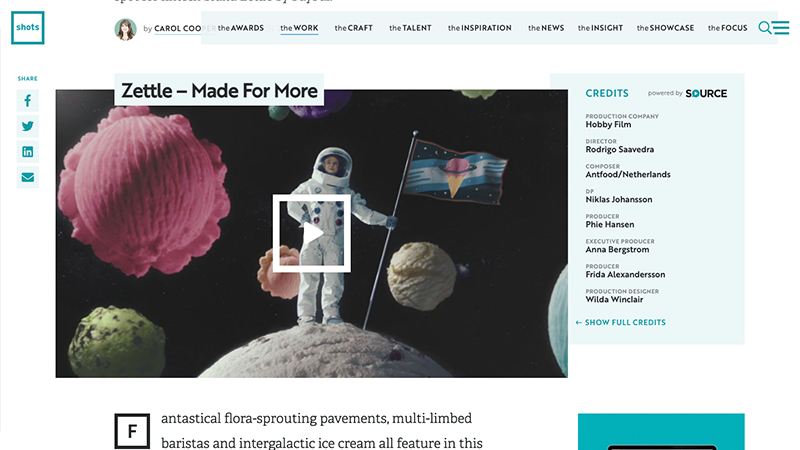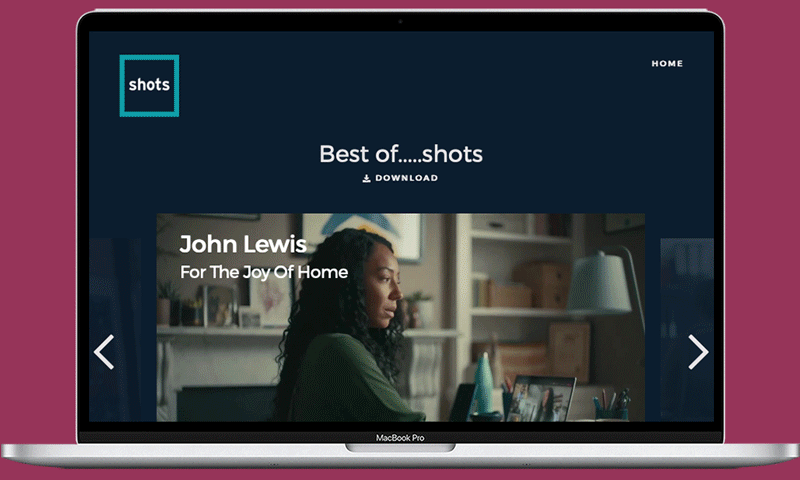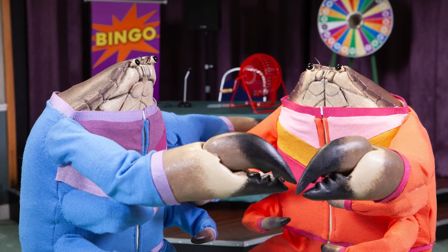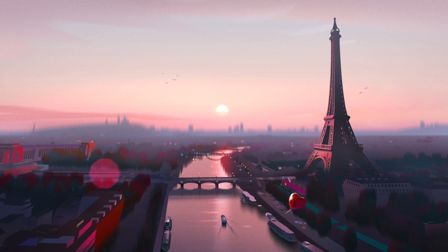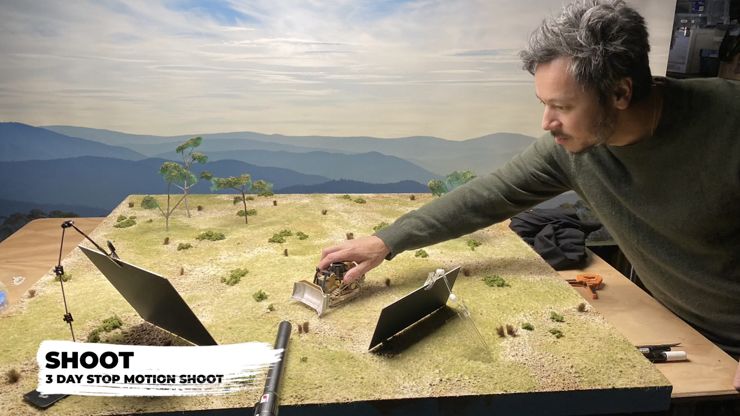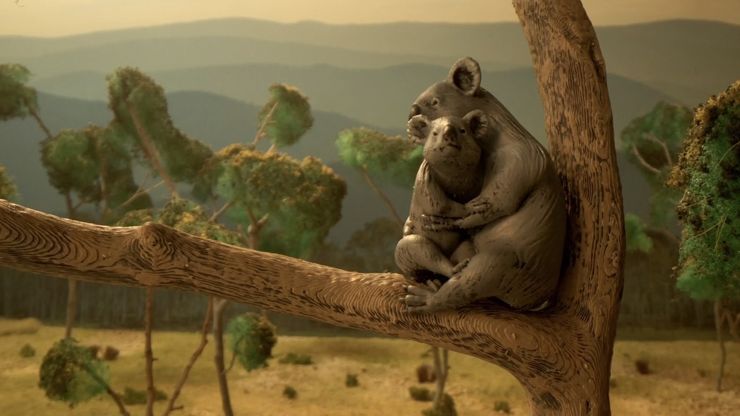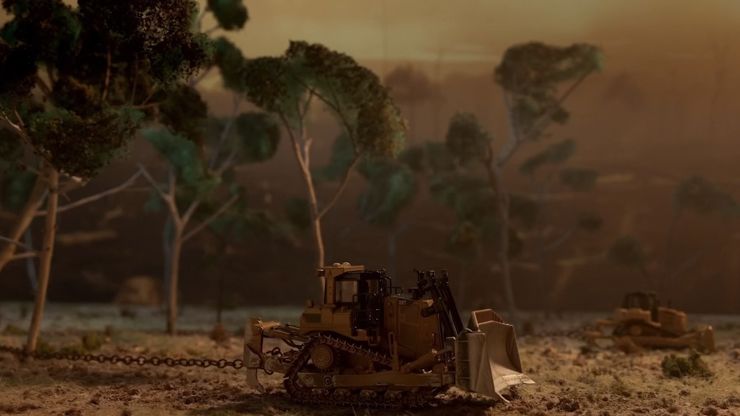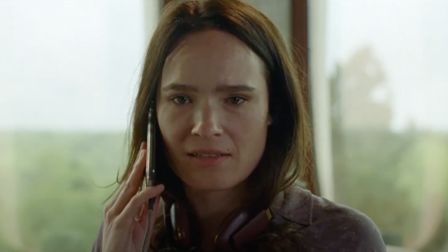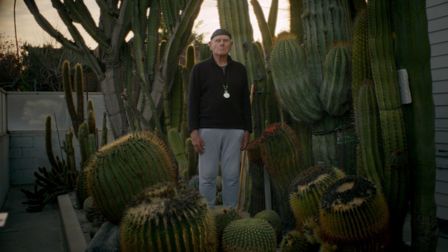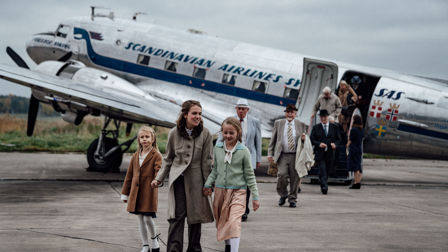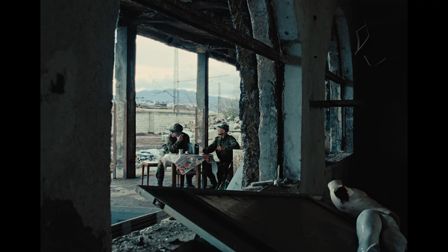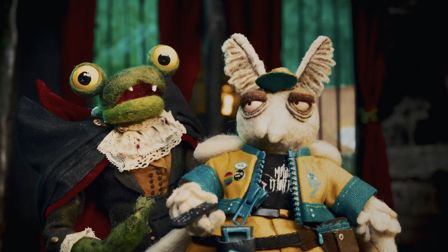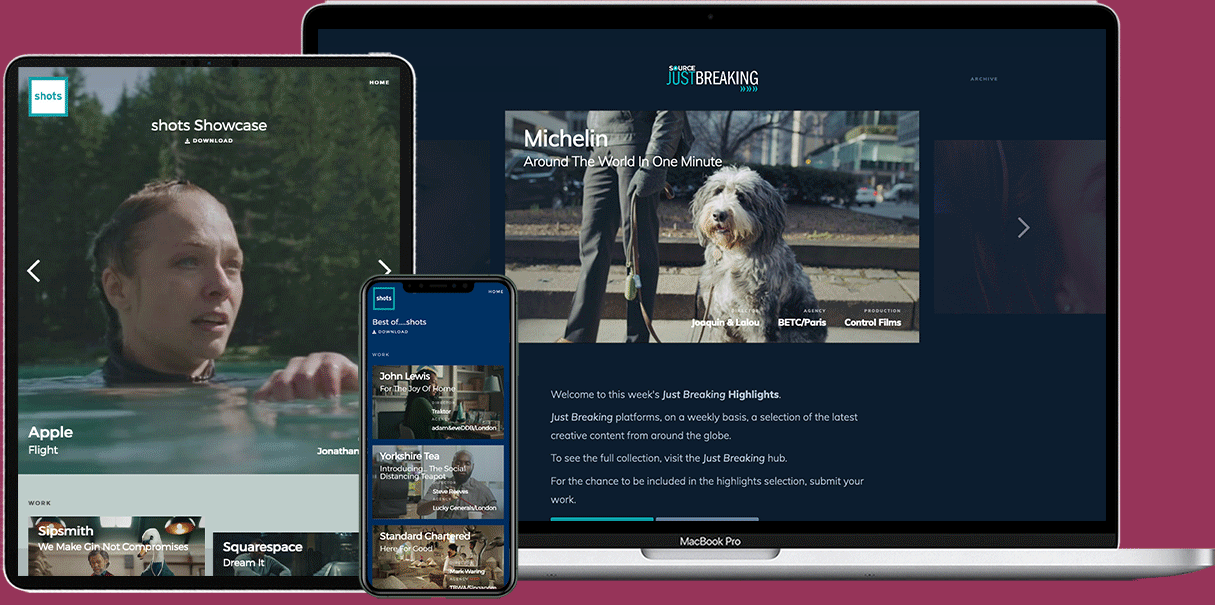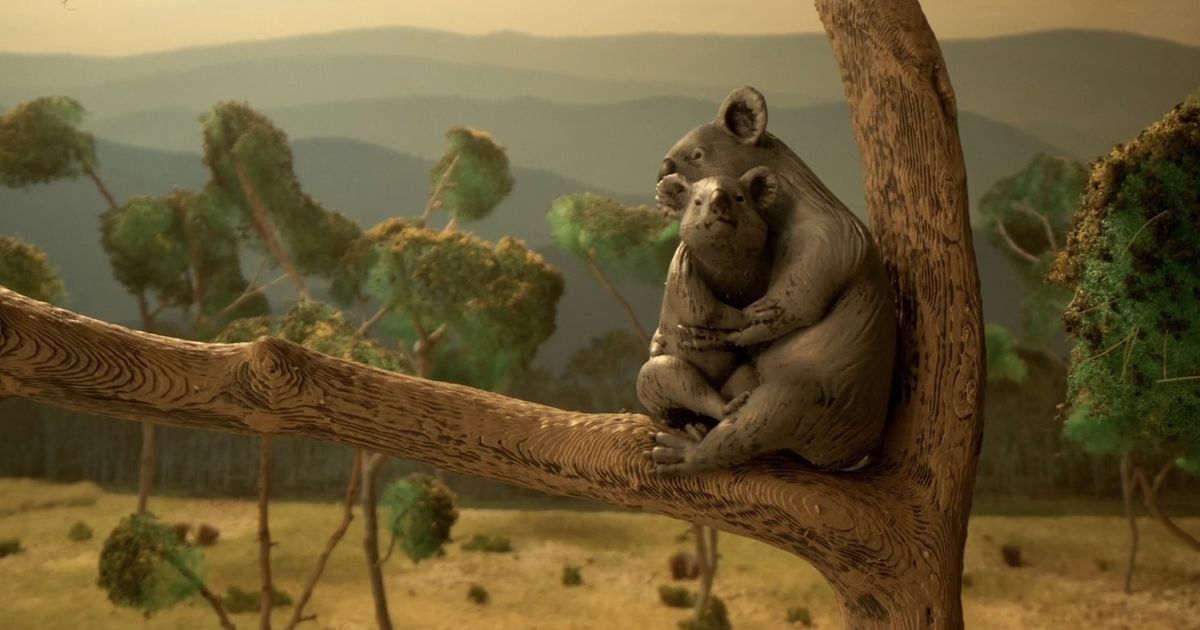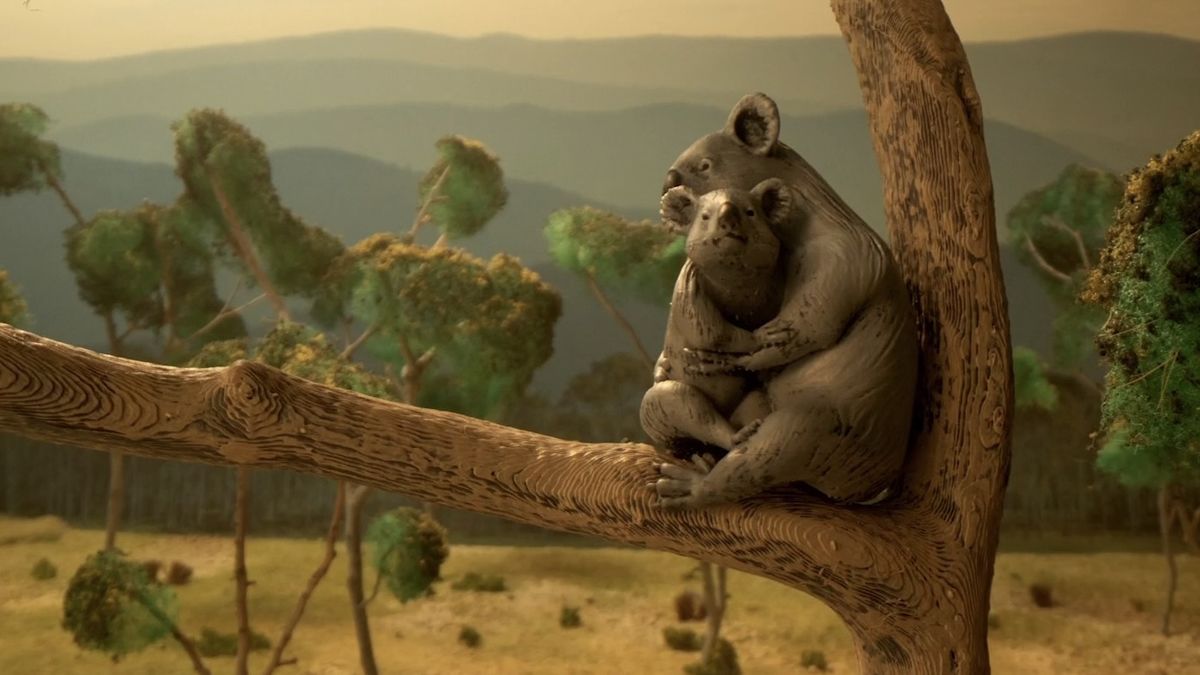How Greenpeace fought for Australia's forests
The environmental organisation tugs on our heartstrings with a moving film highlighting the detrimental effects of deforestation on the country's beloved wildlife. Photoplay director Dropbear explains how he and his team skilfully combined CGI, 3D printing, and traditional stop-motion techniques to bring this touching story to life.
In this affecting short film from environmental organisation Greenpeace, Photoplay director Dropbear harnesses a sense of childlike nostalgia to convey the devastating impact of deforestation on Australia's native animals.
Every two minutes, an area of forest and bushland the size of Melbourne Cricket Ground is bulldozed in Australia, killing millions of native animals each year and harming the land. To convey the devastation of deforestation, Greenpeace’s Fight For Our Forests national campaign centres on a koala and its joey, illustrating the direct impact of land clearing to their home.
My hope is that the film will motivate and engage audiences to take action to protect our forests and native animals from deforestation, and shine a light on this hidden crisis.
Employing 3D printed, hand-crafted, stop-motion animation, Dropbear brought the plight of Australia’s much-loved mascot to life by introducing their lush bush homeland teeming with life before portraying the intrusion of bulldozers and the ruthless methods employed to fell trees. We spoke to the director to find out how he achieved this.
Credits
powered by
- Agency Client Direct
- Production Company Photoplay
- Director Dropbear
-
-
Unlock full credits and more with a Source + shots membership.
Credits
powered by
- Agency Client Direct
- Production Company Photoplay
- Director Dropbear
- Post Production Dropbear Digital
- Music & Sound Post Sonar Music
- Executive Producer Oliver Lawrance
- DP Cesar Salmeron
- 3D Animator Duncan McDonald
- Stop Motion Animation Cesar Salmeron
- Sound Designer Andy Stewart
- Composer Jackson Milas
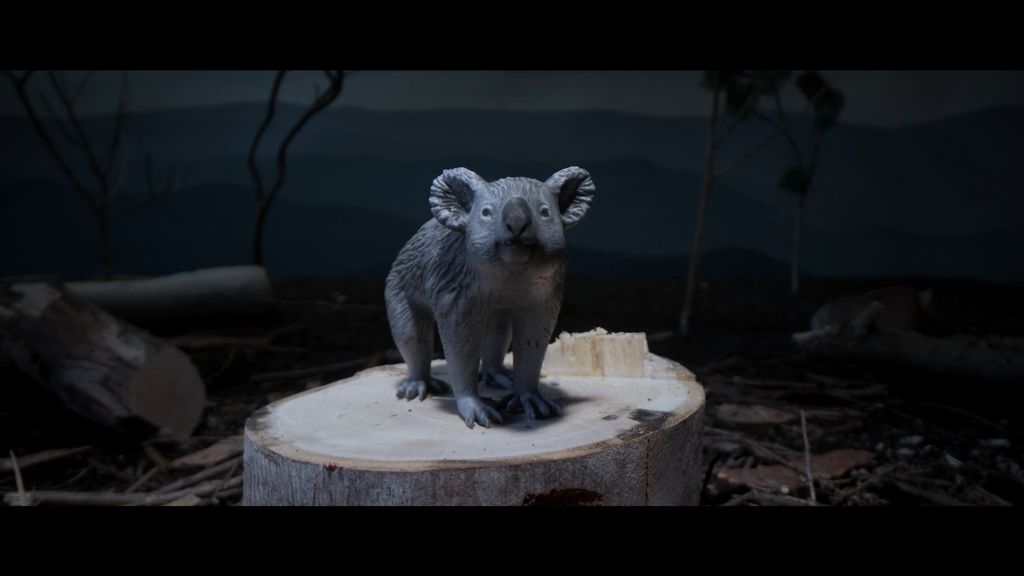
Credits
powered by
- Agency Client Direct
- Production Company Photoplay
- Director Dropbear
- Post Production Dropbear Digital
- Music & Sound Post Sonar Music
- Executive Producer Oliver Lawrance
- DP Cesar Salmeron
- 3D Animator Duncan McDonald
- Stop Motion Animation Cesar Salmeron
- Sound Designer Andy Stewart
- Composer Jackson Milas
What was the brief from Greenpeace like for this piece? How much creative freedom did you have?
Greenpeace needed an engaging video to launch their Forests Campaign. It aimed to achieve several key objectives: firstly, raising awareness about Australia's largely hidden deforestation crisis. Additionally, it aimed to evoke shock, outrage, and motivation for action among viewers, urging them to engage with the campaign. Creatively, the brief allowed for flexibility, with the Greenpeace team entrusting us to lead in terms of approach, and we ultimately landed on a hand-crafted technique.
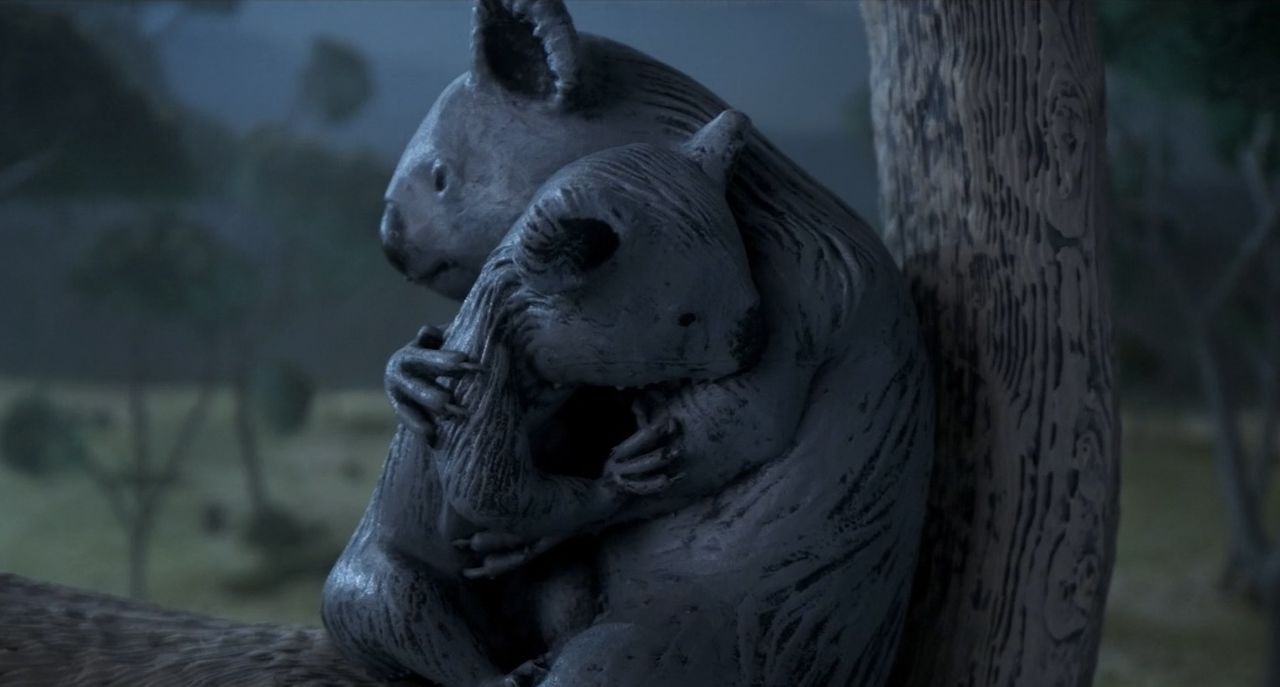
How did your concept for the project evolve from start to finish?
Initially we began with a concept using a combination of 2D animation and stock footage, but that evolved into a bespoke hand-made stop motion approach. To achieve this in a short production schedule, a replacement animation technique was adopted which was an efficient method to create the animation. The narrative adhered to a three-act structure, initially showcasing the lush Australian bush teeming with life.
Central to the story were a koala and its joey, illustrating the devastating impact of deforestation on their habitat.
The second act portrayed the intrusion of bulldozers and the ruthless methods employed to fell the trees. Finally, the third act depicted the aftermath of destruction and devastation. Once the concept was approved it was a matter of putting together the team of artists and craftspeople to bring the vision to screen. Central to the story were a koala and its joey, illustrating the devastating impact of deforestation on their habitat, thus fostering an emotional connection with the audience.
Credits
powered by
- Agency Client Direct
- Production Company Photoplay
- Director Dropbear
-
-
Unlock full credits and more with a Source + shots membership.
Credits
powered by
- Agency Client Direct
- Production Company Photoplay
- Director Dropbear
- Post Production Dropbear Digital
- Music & Sound Post Sonar Music
- Executive Producer Oliver Lawrance
- DP Cesar Salmeron
- 3D Animator Duncan McDonald
- Stop Motion Animation Cesar Salmeron
- Sound Designer Andy Stewart
- Composer Jackson Milas
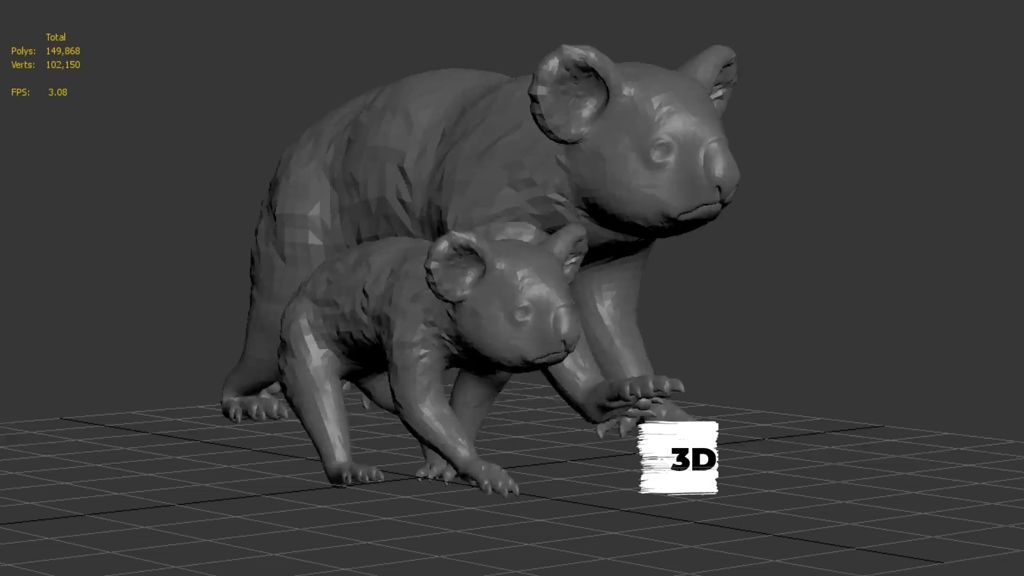
Credits
powered by
- Agency Client Direct
- Production Company Photoplay
- Director Dropbear
- Post Production Dropbear Digital
- Music & Sound Post Sonar Music
- Executive Producer Oliver Lawrance
- DP Cesar Salmeron
- 3D Animator Duncan McDonald
- Stop Motion Animation Cesar Salmeron
- Sound Designer Andy Stewart
- Composer Jackson Milas
Can you tell us more about the technical side of designing, 3D printing, and painting the models? How many people were involved in the process?
All of the characters were animated with a technique called replacement animation. This involves creating a series of interchangeable figures, each representing a specific pose or movement, by seamlessly replacing these parts from one frame to the next we can achieve fluid and lifelike motion.
The spot was shot with a probe lens to lend a sense of real-world scale to the models and sets, facilitating dynamic shots that immersed viewers in the miniature world.
The process began with detailed storyboards and an animatic to plan out the story. The Koalas' and other animal's movements were animated in 3D using CGI, and then each frame exported as an individual file that could then be 3D printed. Each sequence consisted of somewhere between 4 and 12 prints depending on the type of animation required. The running koalas were a seamless loop so we could get away with less prints, however it does start to add up when there are multiple sequences. In total, we had about 77 prints. Each print required hand-painting using acrylic paints and there needed to be a high level of consistency in the finish so that there wasn’t a drastic shift in the look between frames.
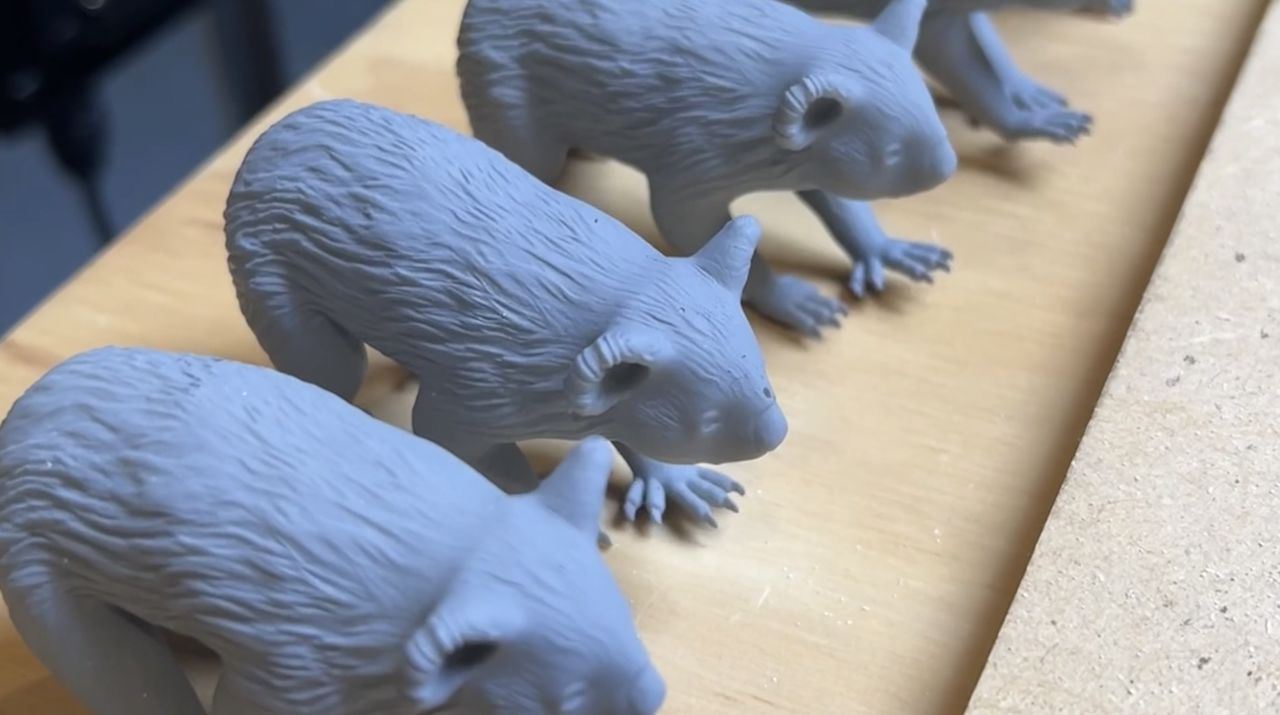
In tandem to the 3D printing production, all of the sets were hand crafted using traditional model making techniques. The miniature gumtrees were made from real eucalyptus twigs that were collected from local parks and the foliage was constructed with foam and train model scenery materials. During the shoot different lighting states and special effects such as smoke and haze were used to bring the sets to life. Cinematographer Cesar Salmeron-Hoving (ACS), shot the spot with a probe lens to lend a sense of real-world scale to the models and sets, facilitating dynamic shots that immersed viewers in the miniature world.
The models were intentionally designed to have that toy-like look, to tap into that feeling of nostalgia and transport us back to childhood memories and simpler times.
A motion-control camera control system was used to create all the camera moves which gave the story dynamic and cinematic shots that allowed us to move the camera into the sets and literally push the camera between tree branches and create high-level production values.
In total there was a crew of 12 artists, technicians and crafts people who worked on the film.
The models look very much like toy animals and have an almost childlike, nostalgic feeling about them, was this intentional?
The models were intentionally designed to have that toy-like look, to tap into that feeling of nostalgia and transport us back to childhood memories and simpler times, which I think helps create an emotional connection with the audience. They remind us of the joy and wonder we experienced when playing with toys or building small worlds. Additionally, miniatures often symbolise a sense of innocence which was perfect for this subject matter.
I find combining modern tools (3D printers) with age-old techniques, such as stop motion replacement animation, to be a very satisfying technique that can deliver some striking results.
How much of the film’s final look was created in-camera? Did you use any VFX in the post production?
The film is probably 98% made in-camera. The only VFX used was for the flock of birds in the deep background of the opening shot and the smoke emitting from the bulldozer exhaust pipes. Everything else you see on screen was all achieved in camera, which means it all needed to be made.
The decision to use hand-crafted techniques also allowed for shots and sequences that would have been unattainable in a live-action format. As a filmmaker who specialises in hand-crafted visuals, I find combining modern tools (3D printers) with age-old techniques such as stop motion replacement animation to be a very satisfying technique that can deliver some striking results. It’s also an aesthetic choice that gives a very unique look that I just adore.
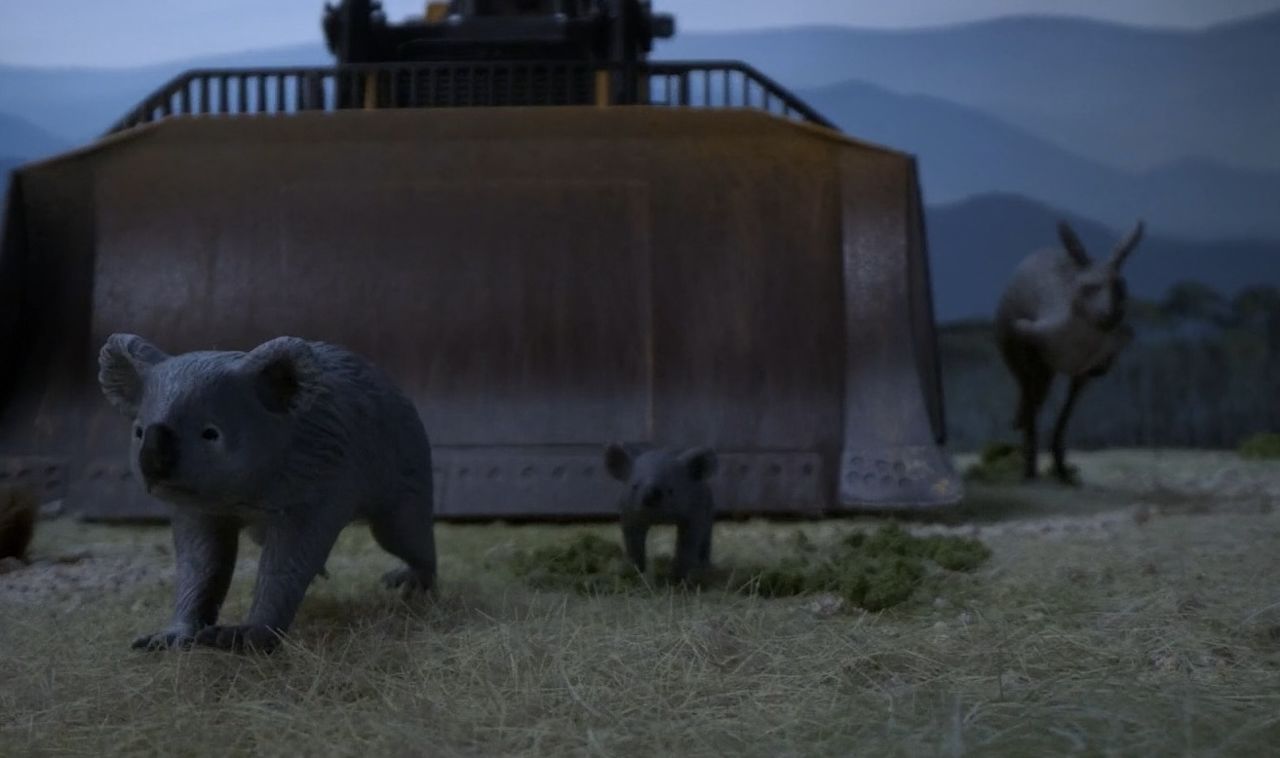
What were the highlights of the project? Were there any unexpected changes or challenges?
The main highlights for me would be the dedication and skill of the team to go that extra mile to make it all happen to such a high standard. I think the most stressful part was the amount of time we had vs the amount of work required to finish the film.
It was a very tight production schedule, and creating it all in-camera required a lot of moving parts that needed to align for the film to work.
It was a very tight production schedule, and creating it all in-camera required a lot of moving parts that needed to align for the film to work, so I’m extremely grateful to each and every member of the production team. I’m also very grateful to the team at Greenpeace for trusting me with their campaign video and giving me the creative freedom to make something that I hope motivates and engages audiences to take action to protect our natural heritage.
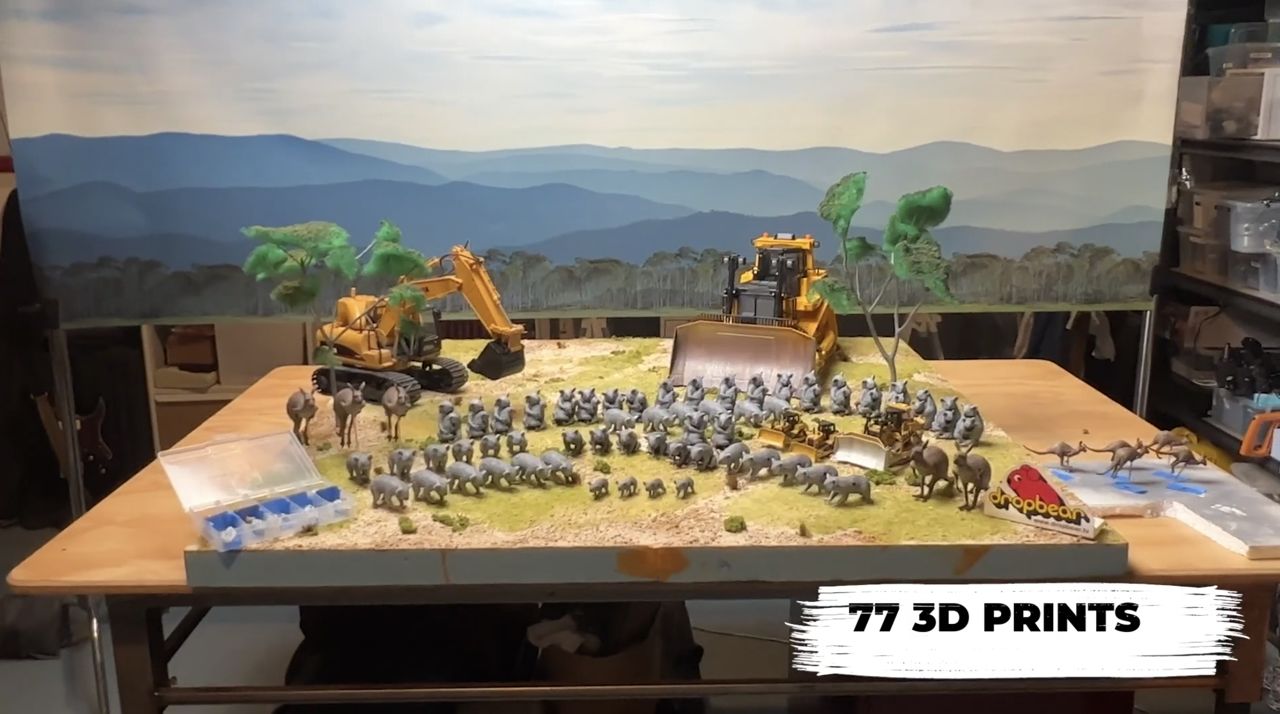
What happened to the models when you finished filming?
They’re currently neatly packed away in storage but I hope to exhibit them in some way to show people the amount of craft and work that went into creating them.
This is an issue that I’m really passionate about and also as a filmmaker I’m honoured to have had the opportunity to create this film for Greenpeace.
What kind of impact do you hope the film will have?
This is an issue that I’m really passionate about and also as a filmmaker I’m honoured to have had the opportunity to create this film for Greenpeace that will hopefully make a difference. My hope is that the film will motivate and engage audiences to take action to protect our forests and native animals from deforestation, and shine a light on this hidden crisis.

